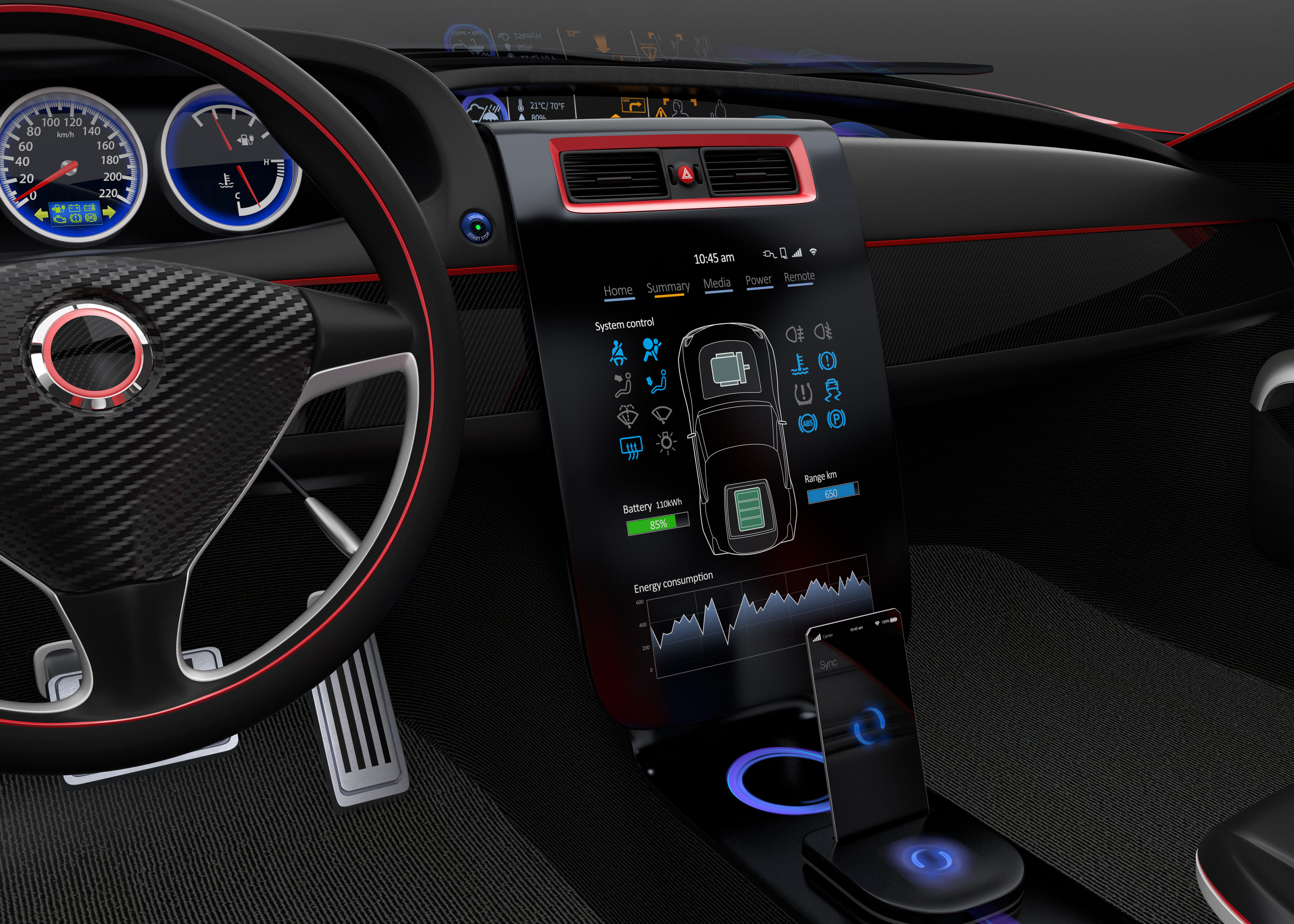Blockchain for Autonomous Vehicles
By Greg Bohl
Blockchain technology isn’t just for Bitcoin, it’s driving into several other industries at a breathtaking velocity. It’s now well established for financial markets and digital identification, with other major industries such as healthcare and insurance companies in fast pursuit. Emerging areas for Blockchain is also diverse; covering areas such as energy, where micro-grid producers see Blockchain as a method to keep track of the energy they produced. Blockchain itself is evolving with Blockchain 2.0 promising even more functionally for broader groups by introducing new applications.
Blockchain can also be used throughout the automotive industry ranging from revolutionizing the supply chain to authenticating ride sharing for a passenger and vehicle owner. However, the clearest over-all group of opportunities for automotive at this time is focused on autonomous vehicles due to the critical nature of the vehicle functions while it operates under its own control.
One of the opportunities for Blockchain in the autonomous car deals with communication. That is Vehicle-to-Vehicle (V2V) communication as well as Vehicle-to-Infrastructure (V2i). Both require fast and secure transmission of data as well as undisputable records of the data, the transmission itself, and to whom.
In V2V, vehicles inform other vehicles within their communication community about a myriad of detail regarding their environment. Real-time information regarding the roadway traveled are common. Themes such as traffic flow, construction zones, workers on the road, etc. This type of detail can inform other vehicles in the communication community to optimize their performance as well as the shortest time or distance route to be taken based on real-time data. V2V can also lend itself to more core vehicle functions such as gear optimization on a given incline for trucks to minimize fuel consumption. In V2V, autonomous communication to other similar vehicles (peer-to-peer) in a fast and secure method is critical to achieve core functionality of the intelligent car.
In V2I, a car can produce thousands of independent information packets every minute and push them to what could be hundreds of infrastructure receivers from traffic lights to aggregators such as an automotive information broker. The packets of information themselves hold little value independently, but when assembled with other vehicles the information then has substantial value in determining everything from dynamic traffic control to component wear patterns for given class of car in a given geography. In V2i, fast and undisputable records are the key to success.
By using Blockchain for V2V or V2I an OEM gains additional speed and frequency of secure transmissions not available with the majority of today’s OTA solutions. Given the unique design of blockchain, any record of any transmission can be validated for accuracy, thereby giving the OEM or any vehicle owner undisputable records of truth. A unique validation method not available to the automotive market today. Additionally Blockchain addresses the V2V security issues (many senders, many receivers) without leaving the vehicles vulnerable to hacking.
Today, Blockchain has becomes a powerhouse database in finance and digital identification. In the near future, Blockchain will become the backbone of automotive data communication from the vehicle beginning with the autonomous car.
